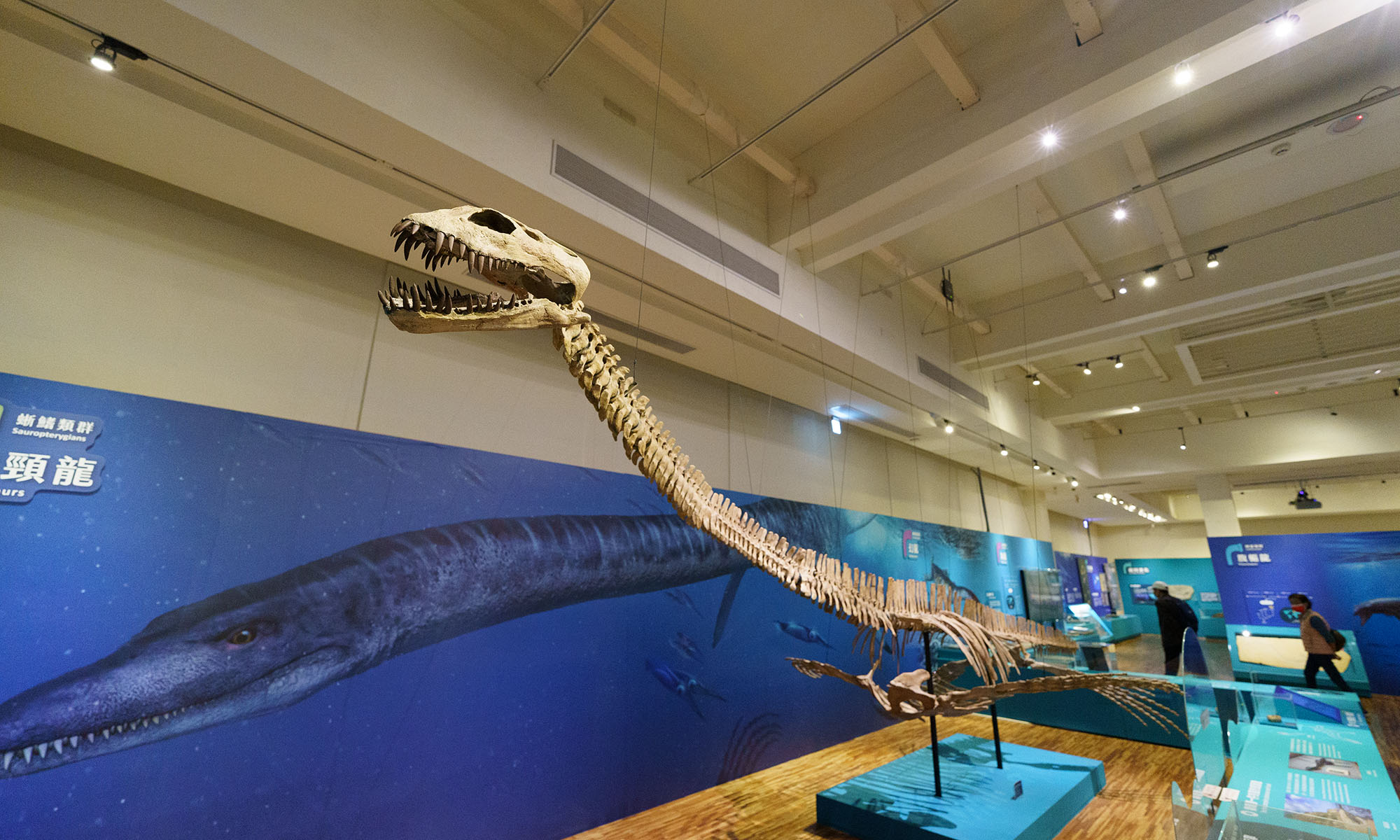One of the most densely populated cities in Asia, Taipei has no lack of family activities that tourists can enjoy. Climb the famous Elephant Mountain, then take a ride up to the top floor observatory in the world’s fastest elevator at Taipei 101. Don’t forget to check out Taipei’s numerous themed museums, youth-oriented shopping districts, and night markets for an unforgettable family experience.
📍 Route 1: Eastern Taipei
Elephant Mountain
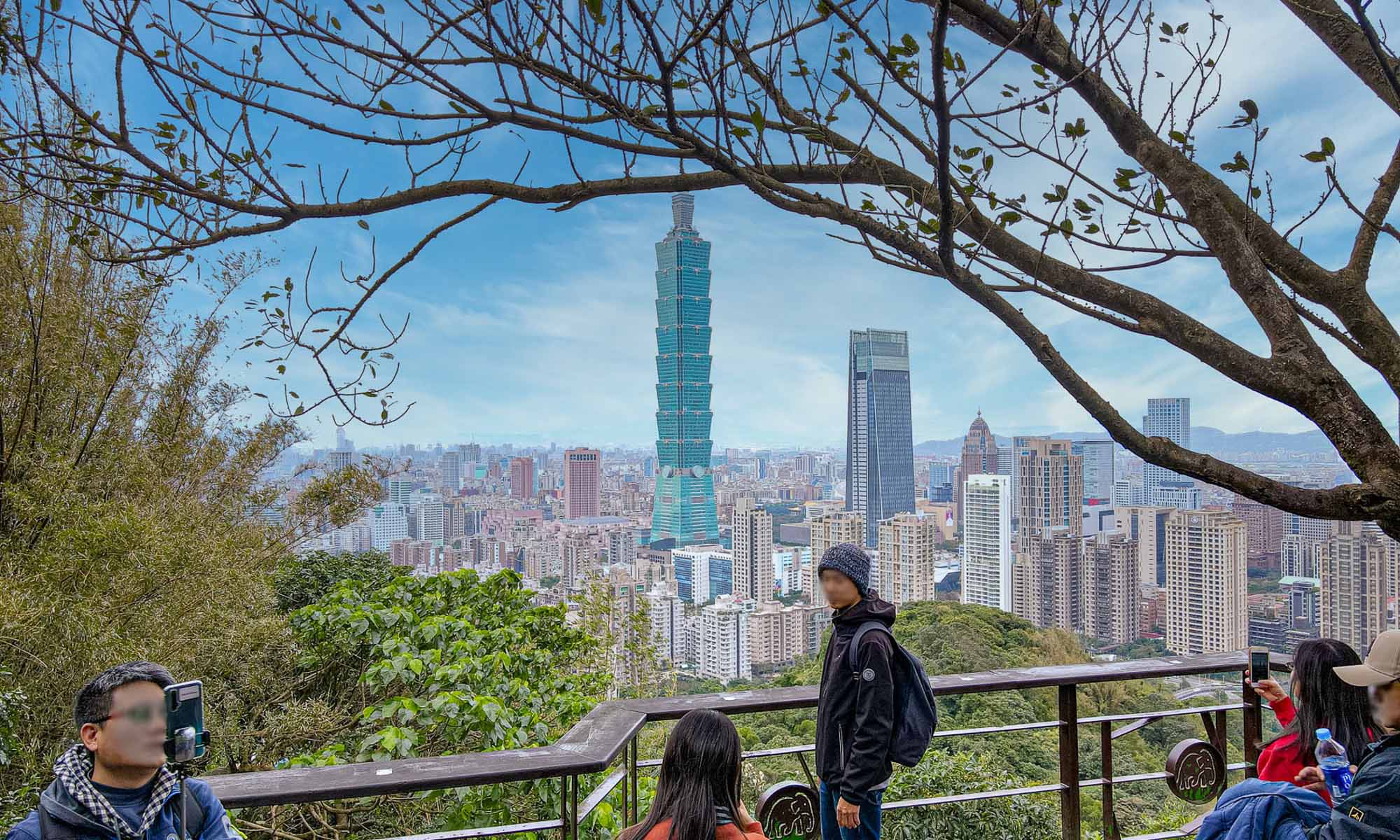
Elephant Mountain is Taipei’s most popular day hike. The trail starts off just behind Taipei 101 and climbs steeply up, passing temples, city gardens and resident run outdoor gyms on the way to the peak. It’s common to pass locals of all ages on the trail. Even local retirees climb these stairs as part of their daily exercise routines. While the peak is only 183 meters above sea level (about 600 feet), the steep grade of the staircase might be a challenge for some.
Around the peak, there are several platforms offering excellent vantage points of Xinyi District and the rest of Taipei Basin. On days with low humidity, Yangmingshan is visible to the north and Wugu to the West. From the peak, other trails branch off in various directions leading to small shrines and temples. The main trail continues leading to the other peaks of the Four Beasts (of which Elephant Mountain is one), before returning to Taipei around the Yongchun Area. Unless it’s midwinter, we recommend tackling this hike either in the early morning or in the evening to avoid the head. Read more about Elephant Mountain.
« Read LessTaipei 101
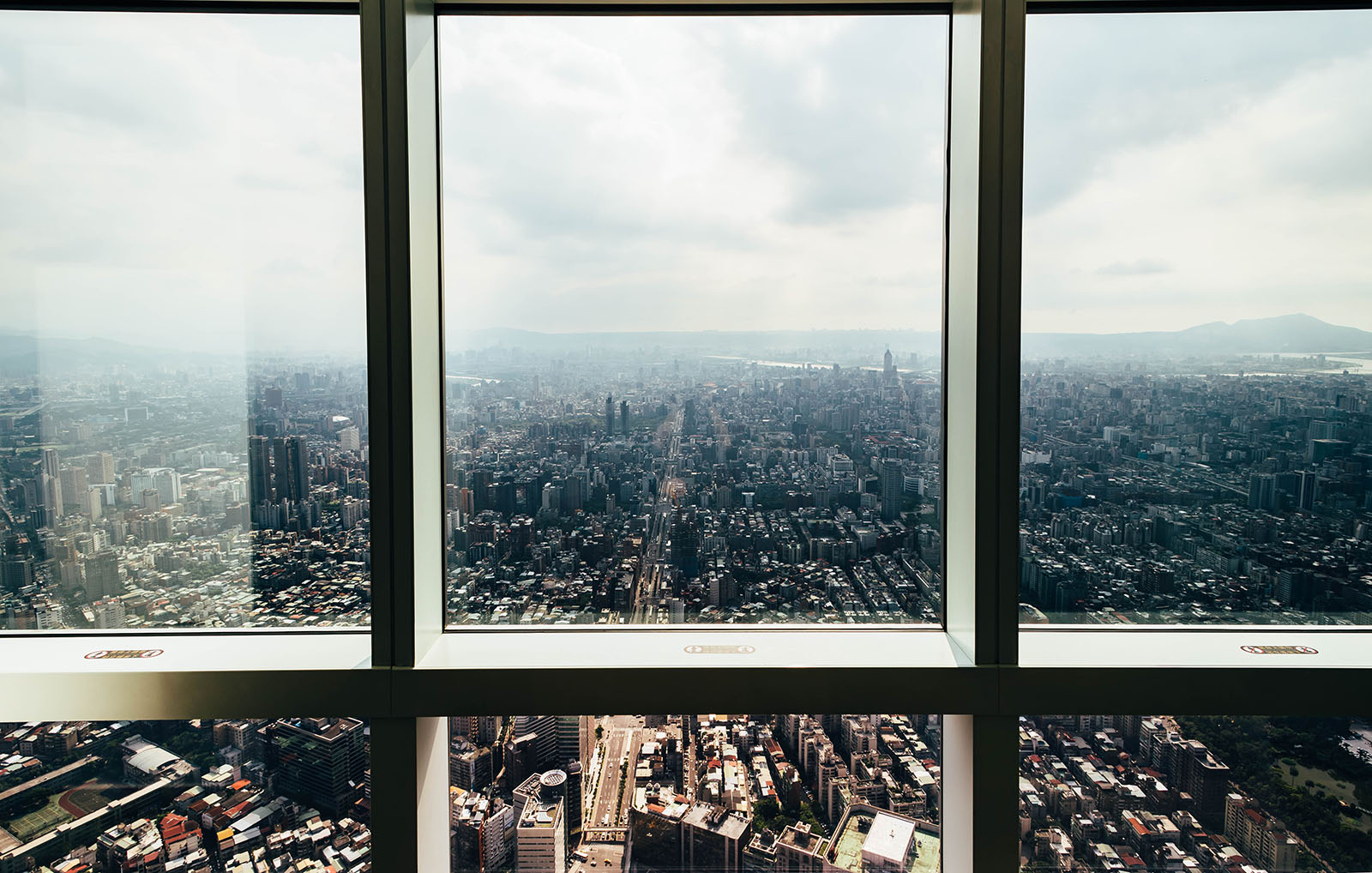
The elevator up to Taipei 101’s 89th floor observation deck is still the world’s fastest—the trip only takes 37 seconds. While a tourist hotspot, the observation deck is still worth visiting once for its amazing 360-degree view of the Taipei Basin. It’s the perfect place to gain an idea of how mountainous Taiwan really is, and to learn to appreciate Taipei for the amazing and unlikely city that it is. The ground floors of Taipei 101 offer luxury shopping and various international boutiques.
Maokong Tea Garden
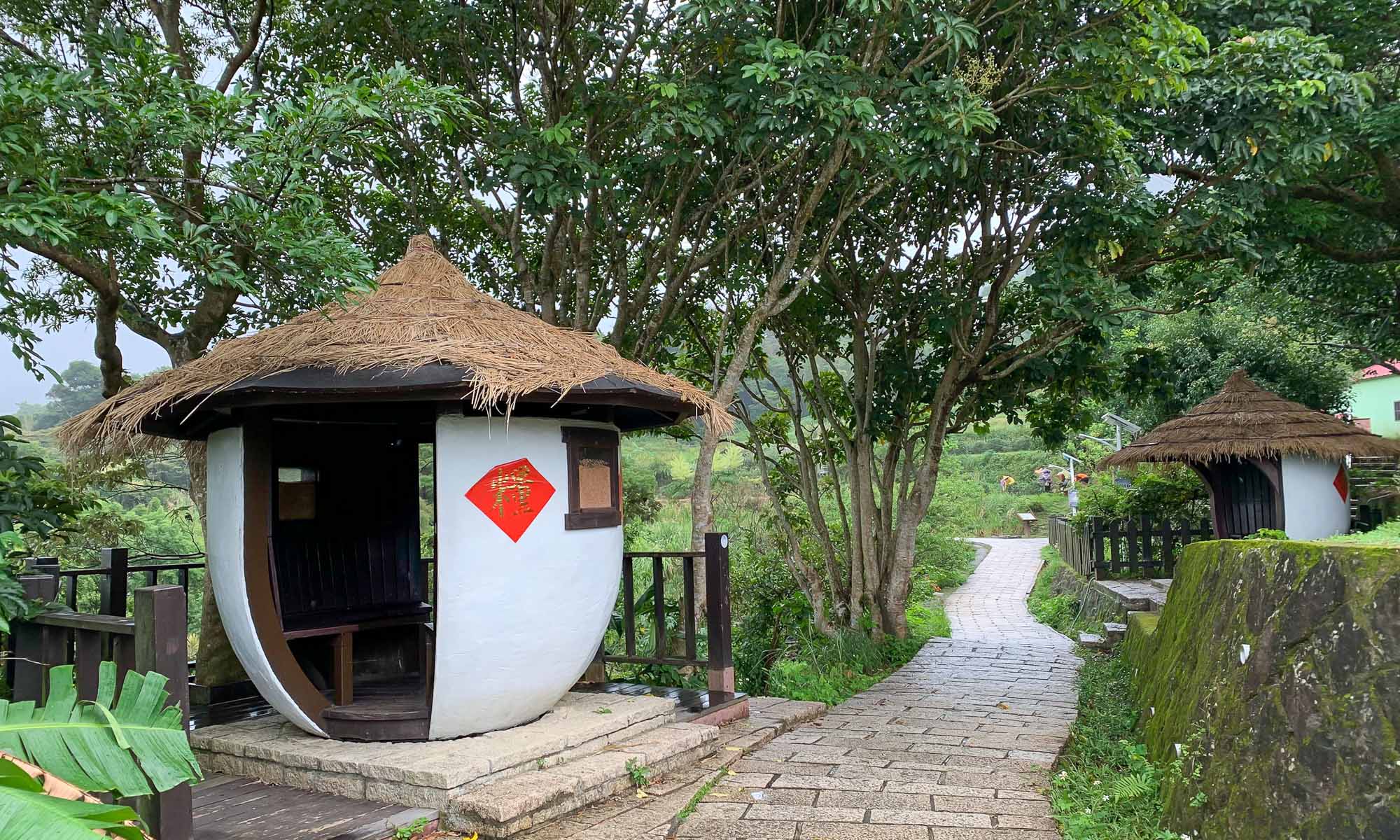
If staying in Taipei for more than a day, a trip to the Maokong Tea Growing Area is a must. The Maokong tea growing area features mountainside tea houses, tea plantations, walking trails, as well as tea boutiques and local shrines.
What better way to access this mountainous area on the outskirts of Taipei than by riding a glass-bottomed aerial lift. The Maokong Gondola can be accessed from MRT Taipei Zoo Station, and operates daily as long as there aren’t dangerous weather conditions. In the case of high winds buses and taxis can ferry tourists to and from the area. Read more about Maokong Tea Garden.
« Read Less📍 Route 2: Museums and Hot Springs
National Taiwan Museum
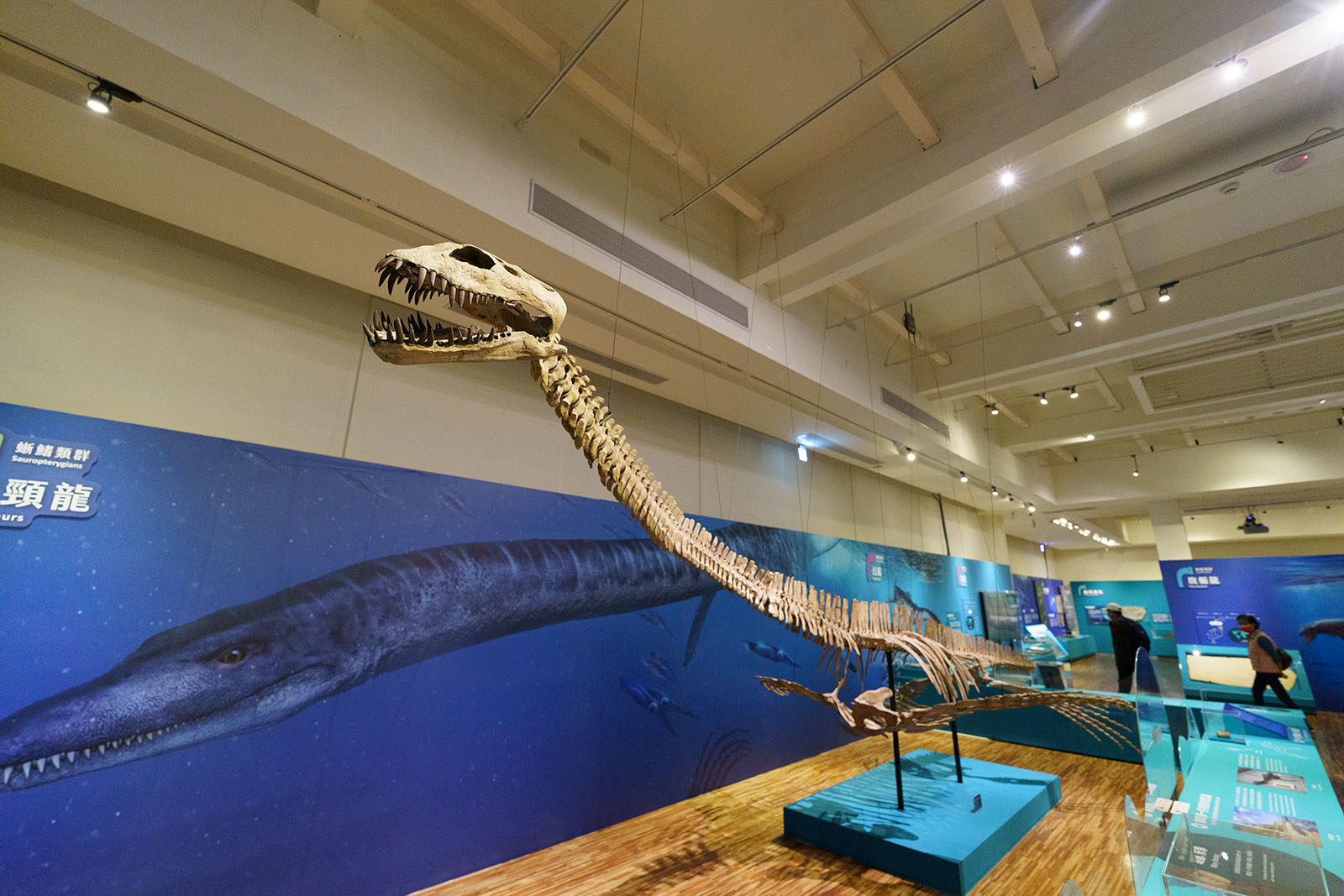
Built by the Japanese over 100 years ago, the National Taiwan Museum is the oldest museum in Taiwan and has since been designated a National Historic Site. The museum features a selection of children’s exhibits as well as permanent exhibitions on the prehistory, natural history, and indigenous culture of Taiwan, and includes the largest anthropological collection in Taiwan. As part of its mission to promote Taiwan’s biodiversity and cultural diversity the museum also features a large collection of indigenous animals and plants as well as cultural artifacts including some interesting fossil displays. Finally, be sure to check out the stunning stained glass ceiling in the main hall.
Chiang Kai-shek Memorial Hall
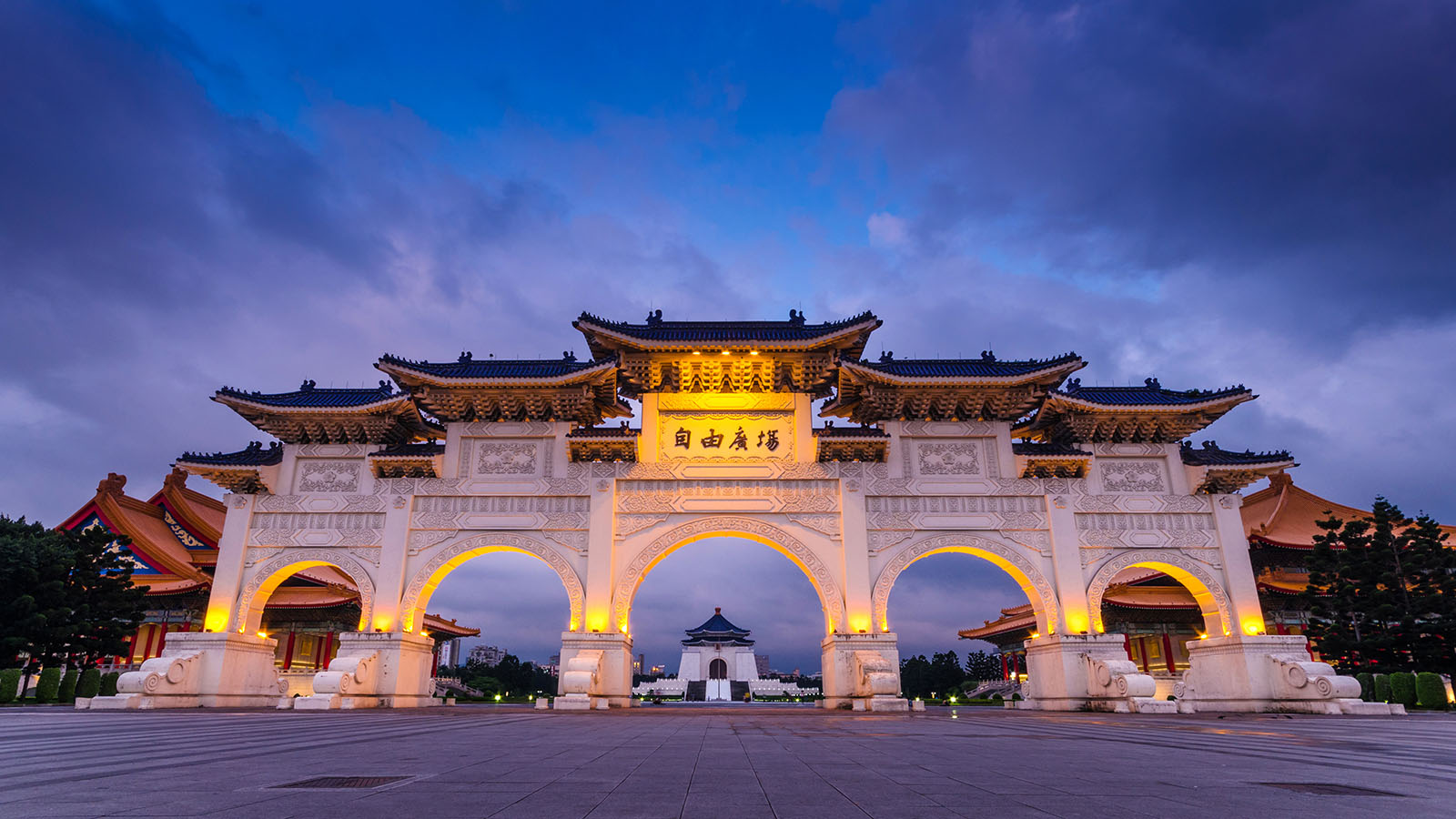
The Chiang Kai-shek Memorial Hall, located on the far end of Liberty Square and flanked on either side by the National Concert Hall and the National Theater is a centrally located monument that incorporates many elements of traditional Chinese architecture. Chiang Kai-shek Memorial Hall features many free exhibitions that are rotated throughout the year. The gardens surrounding the plaza are made up of walking paths, ponds, and exercise and activities areas. If possible, come on a weekend when the large outdoor plaza is used for gatherings, markets, performances and recreation.
Beitou Hot Springs
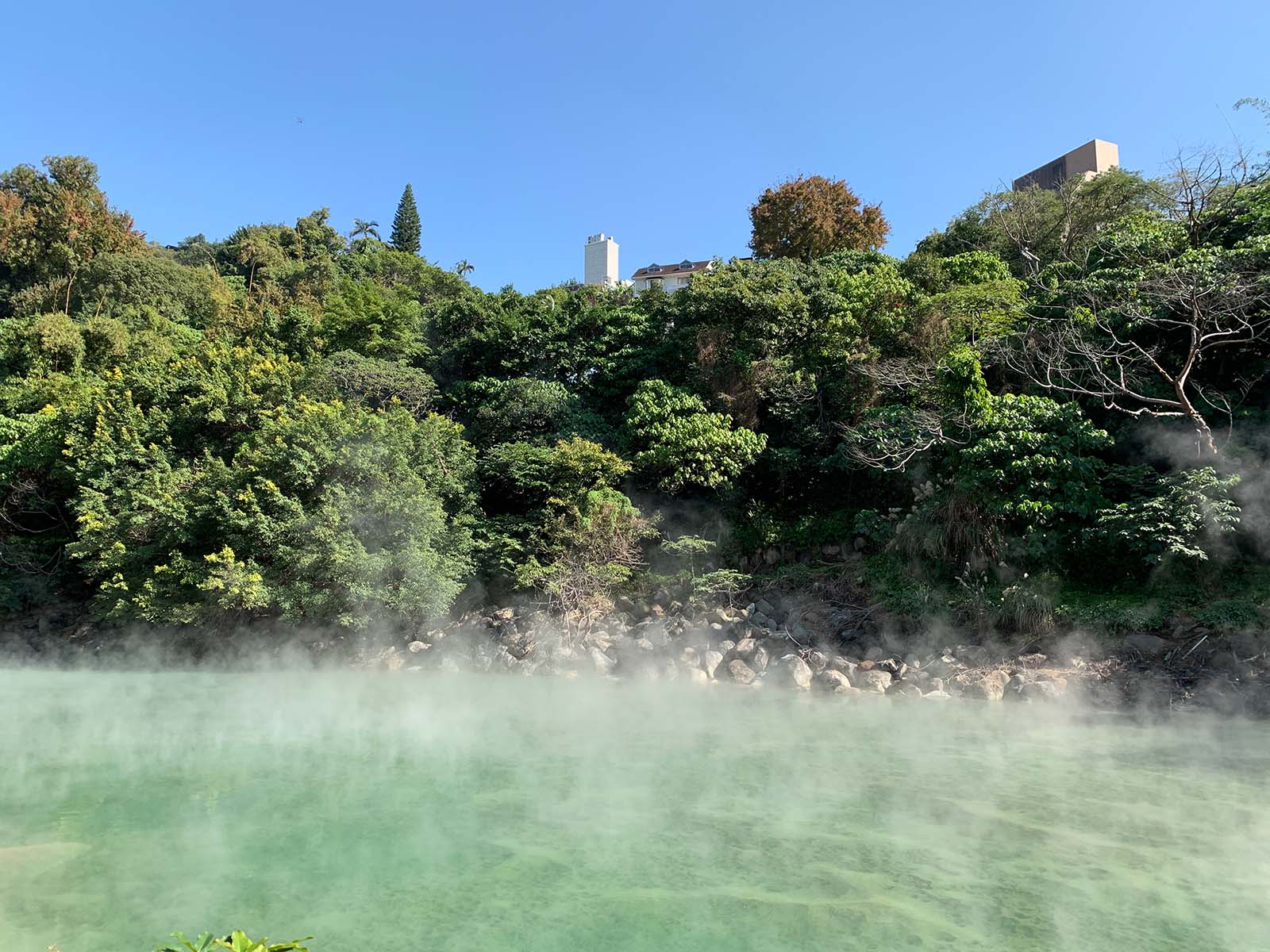
The Beitou Hot Springs are the most popular winter retreat for Taipei residents and with good reason. Located only 30 minutes away from downtown Taipei at the foot of Yangmingshan National Park, the Beitou Hot Springs Area is filled with hotels, spas, walking paths, and several public bathing pools (both modern and traditional). For a bit of history, follow a path along the hot spring stream to arrive at the Hot Springs Museum, originally constructed in 1913 for use as a bathhouse, and then head over to Xinbeitou Historic Station which was constructed in 1916.
📍 Route 3: Temples and Ximen
Daan Forest Park
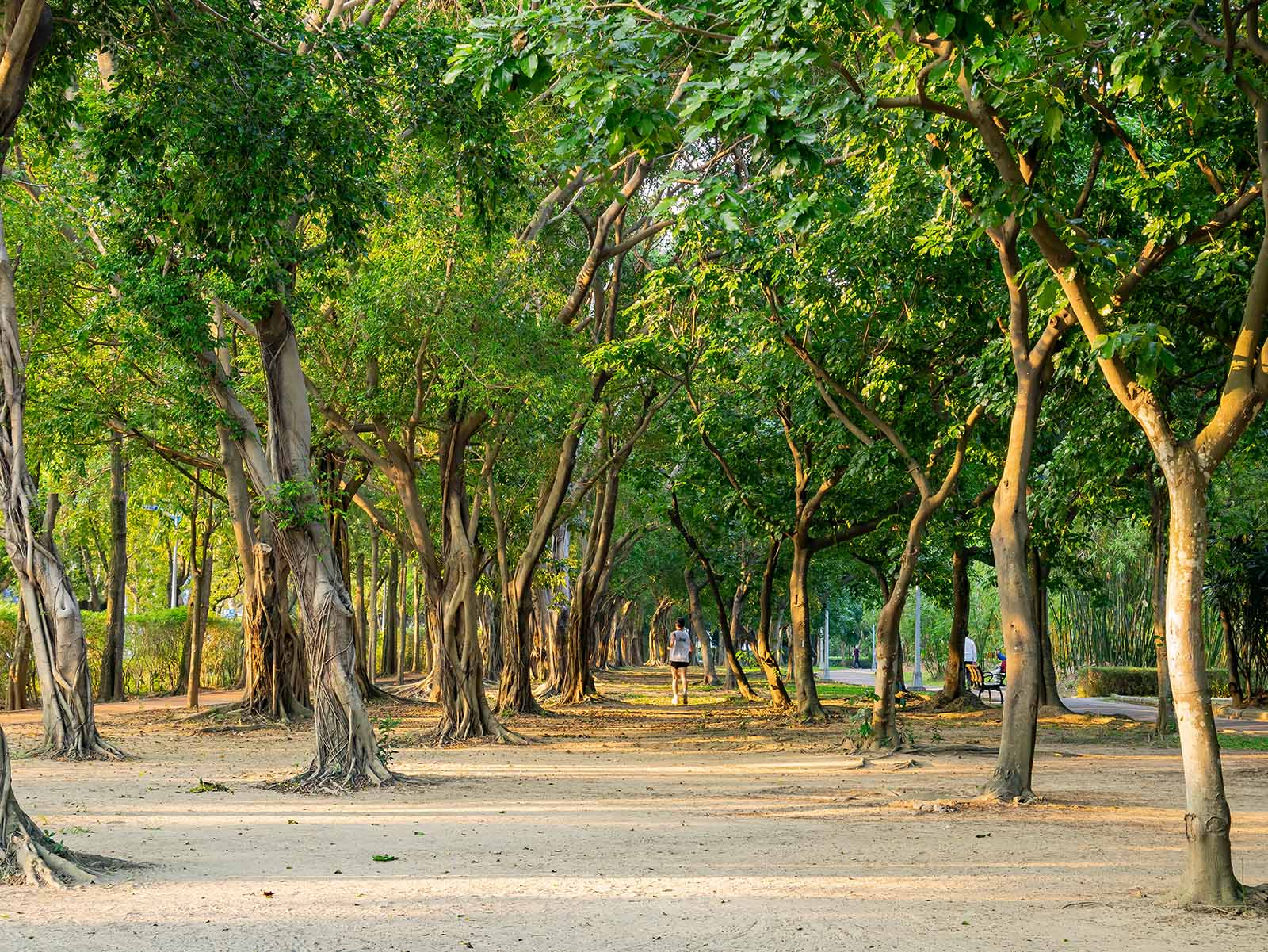
Daan Forest Park is to Taipei what Central Park is to New York—it’s a natural forest environment located at the center of a sprawling urban city. With many walking paths, grassy lawns, and a running loop, the park is used by residents of all ages, from seniors playing Chinese Chess to rollerblading teenagers. It’s a great place for a picnic, or just to let the kids play around in a safe natural environment. The park is home to egrets, turtles, butterflies, and includes camphor, cajuput, ficus and maples tree among other flora.
Longshan Temple
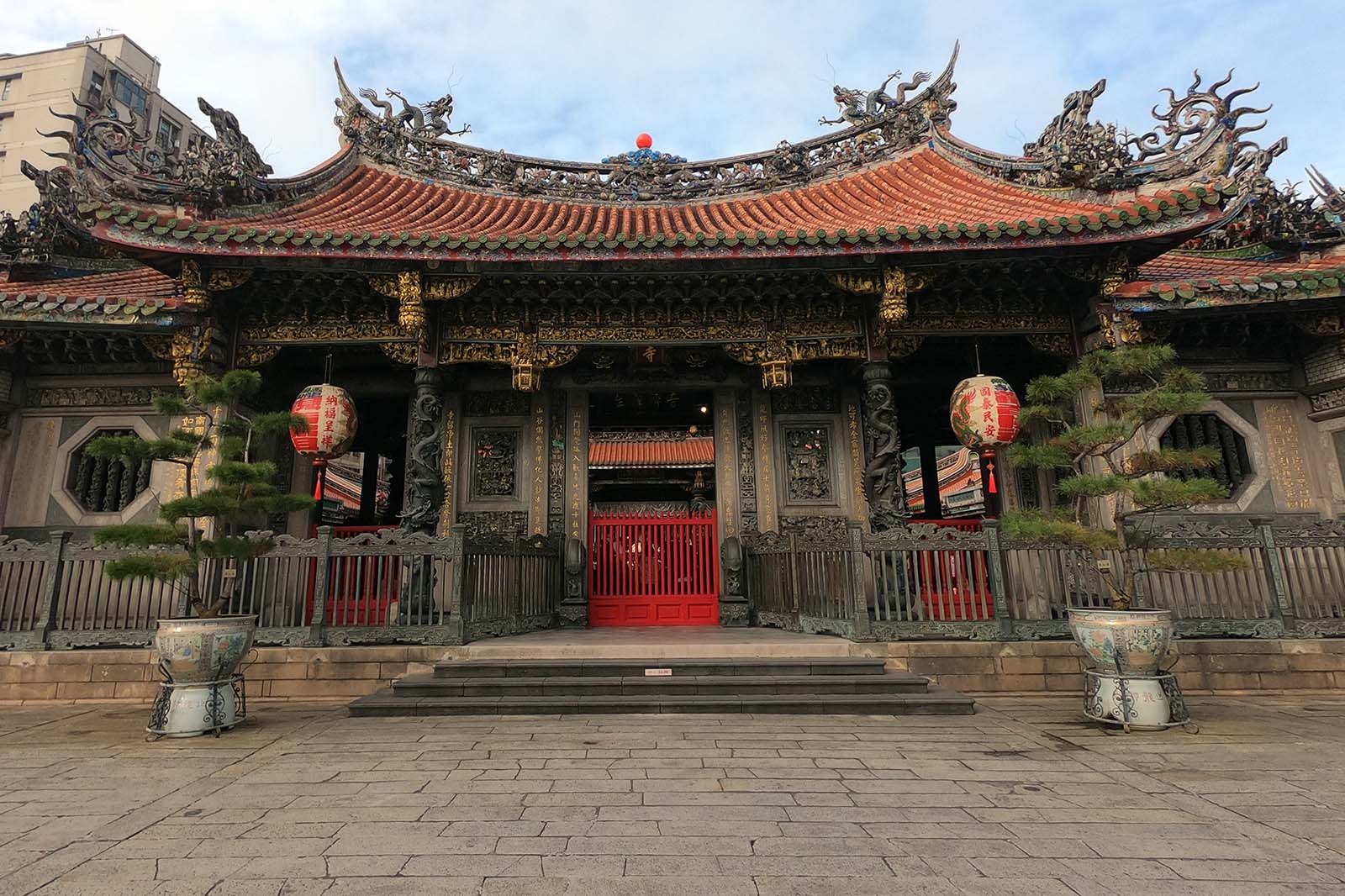
Longshan Temple is located in Wanhua, Taipei’s least modern district and home to much of its remaining traditional culture. The temple primarily worships the Goddess of Compassion, Guanyin, but as is common in Taiwan, also features the effigies of 100 other gods and goddesses scattered throughout its halls.
Two markets directly adjacent to the temple are also particularly representative of local folk culture. First, there is the Huaxi St. Night Market, famous for vendors specializing in snake-derived products, including drinkable snake blood. If that isn’t enough, heading underground to the Longshan Temple Underground Shopping Bazaar will take you to the local center of folk divination and fortune telling. Locals and tourists alike travel here to get all sorts of questions answered, although primary concerns usually revolve around romance, career, and pivotal life decisions. Fortune tellers will post their conversational languages outside of their booths and both English and Japanese service is common.
« Read LessXimending
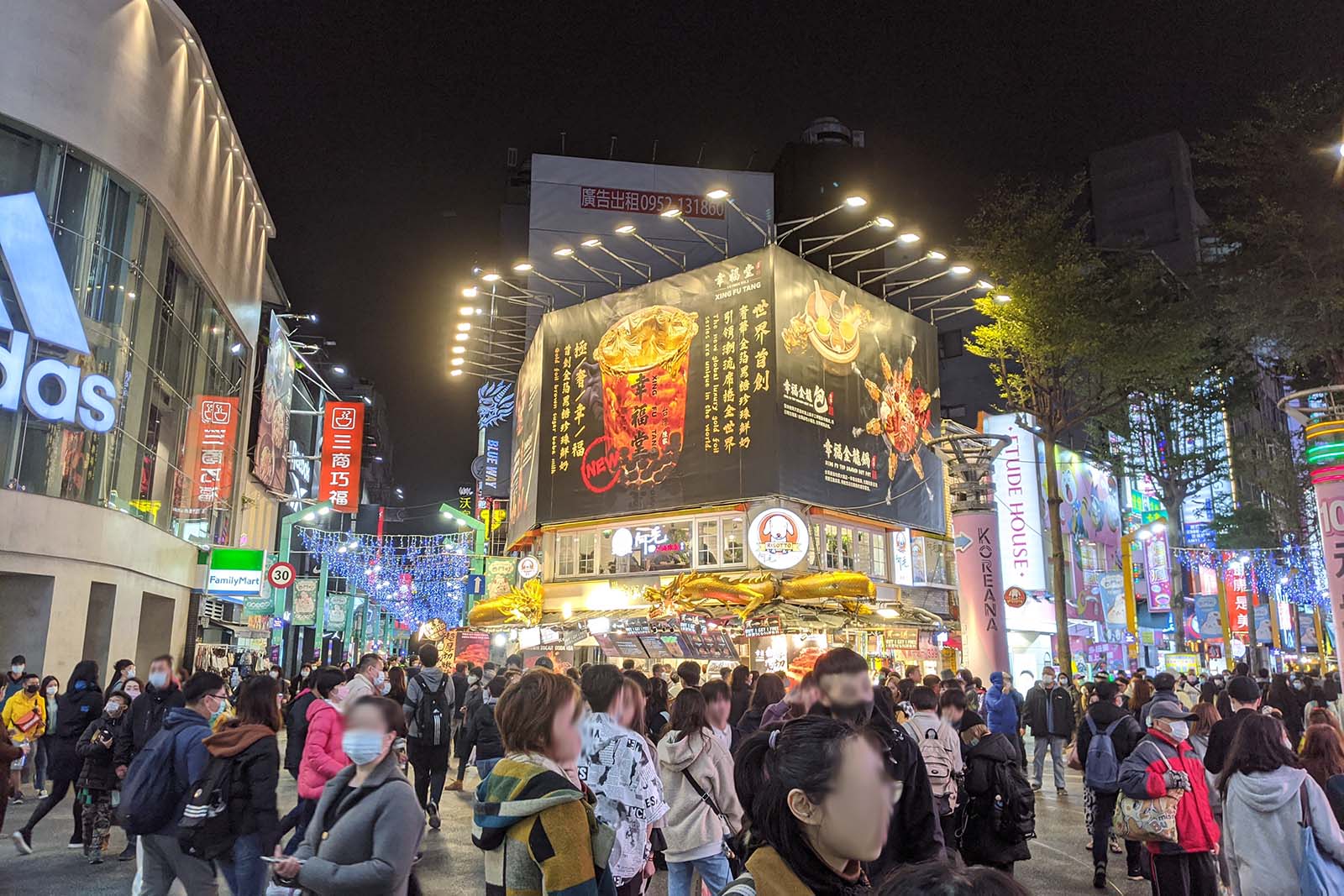
Ximending is Taipei’s loudest and hippest district, and one of its largest pedestrian areas. While primarily a shopping and entertainment district, Ximending is also culturally diverse. Located behind the historic Red House Theater—a class 3 historic building in itself—is Taipei’s largest LGBT district with many outdoor bars. Several streets to the north, one can find American Street, named for its concentration of stores selling imported Americana and vintage goods. In the central pedestrian throughway it’s common to find cosplay, street performances, and even pop-stars putting on promotional events. The area also features several movie theaters, multistory shopping plazas, an Eslite, and countless restaurants and cafes.
Ningxia Night Market
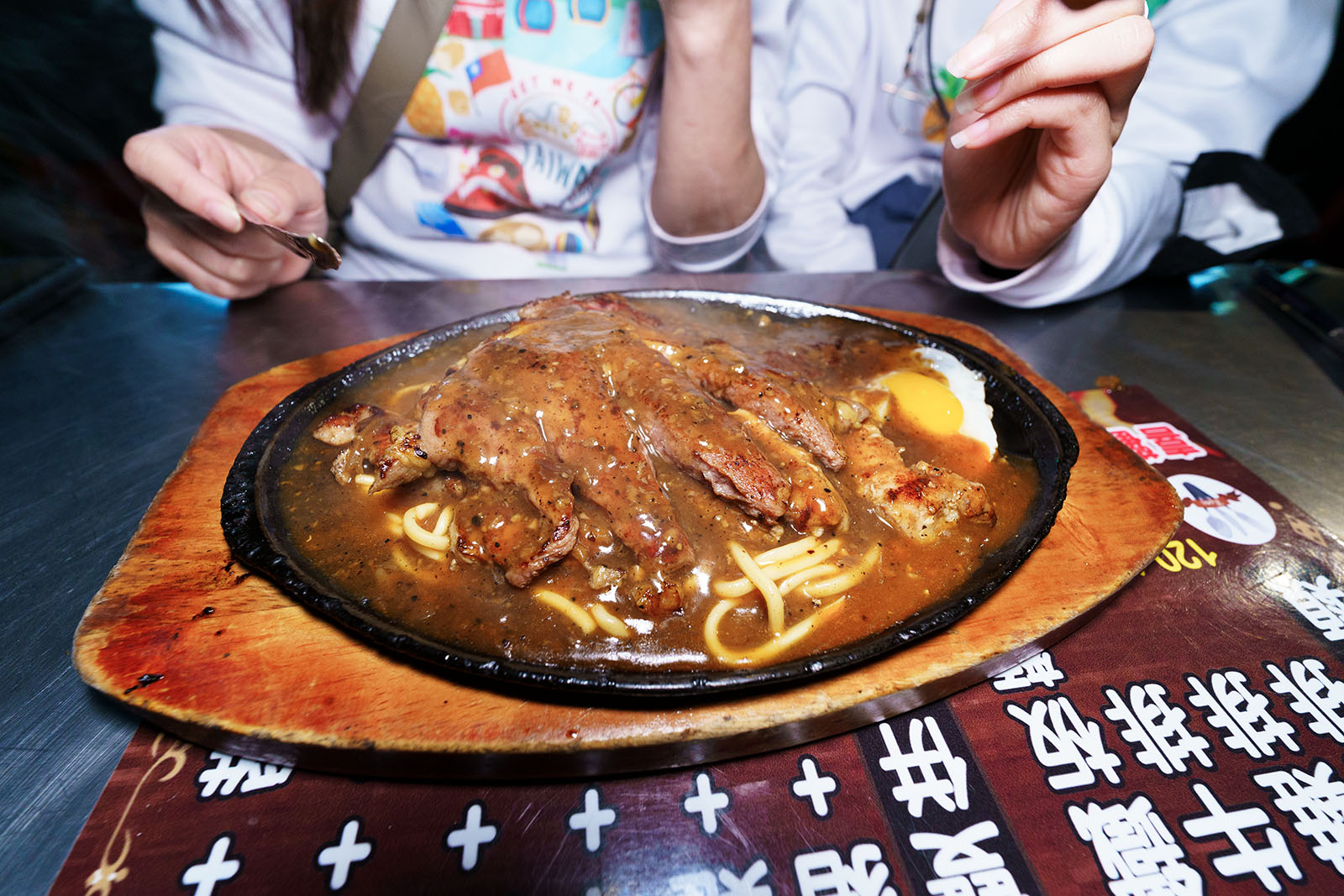
According to tourism statistics, Taiwan’s most visited attraction is its night markets. Taipei’s four largest night markets are Shilin, Raohe, Tonghua, and Ningxia. Of these, Ningxia is the smallest, most manageable, most navigable, and most original. There is no shortage of dining options here and some stalls and restaurants have been in business for over 50 years and multiple generations. A particular standout is Huan Ji Sesame Oil Chicken, which has been operating since 1941 and is located in a storefront on the western side of the market. Besides this, the northern end of the market has delicious and cheap fresh fruits, and Taiwanese Run Bing (think of a made-to-order spring roll), while the southern end of the market has sit down restaurants and a games area. As with all night markets, vegetarian options can be found here as well.

